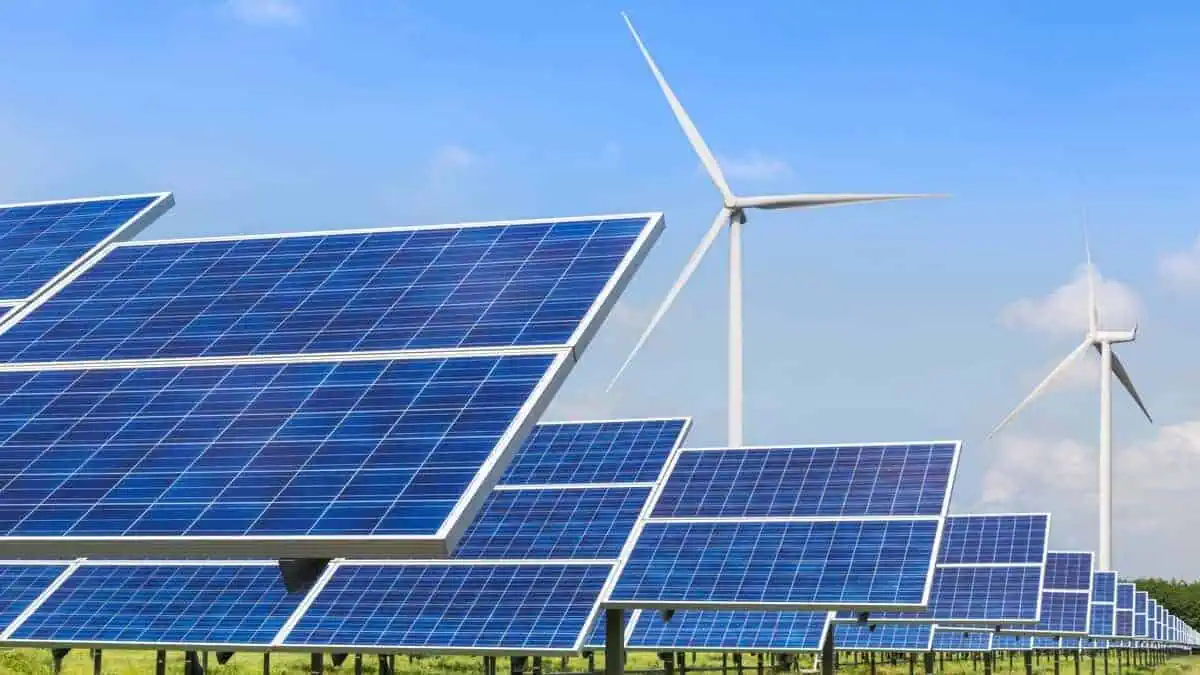The Federal Energy Regulatory Commission’s (FERC) latest data, reviewed by the SUN DAY Campaign, revealed that renewable energy provided 74.1% of new utility-scale generating capacity in the United States last year.
Electricity generation capacity and renewables in the US in 2022
New utility-scale solar capacity, excluding rooftop solar, was 9,924 megawatts (MW), accounting for 39.6% of total capacity. Meanwhile, the new wind capacity accounted for 8,512 MW, or 33.9% of full capacity. Remarkably, solar and wind easily outperformed the 6,469 MW of new natural gas capacity (25.8%).
Capacity additions from renewable energy sources, including geothermal (90 MW), biomass (31 MW), and hydropower (24 MW), accounted for 18,581 MW of the 25,085 MW in new generating capacity from all sources.
FERC revealed no new coal additions, while oil added 18 MW and nuclear added 17 MW.
As a result, renewable energy sources collectively supplied 27.3% of the total installed generating capacity in the US, with wind’s share accounting for 11.4% (143,280 MW) and solar’s growing to 6.4% (80,400 MW) by the end of 2022.
In comparison, renewables accounted for 24.1% of US generating capacity in December 2020, up from 17.8% in December 2015.
The recent increase in new solar and wind generating capacity far exceeds what FERC predicted three years ago.
The FERC stated that “high-probability” new solar additions between January 2020 and December 2022 would total 19,973 MW. Somewhat, new solar capacity increased by 38,530 MW, nearly doubling the FERC forecast.
FERC had predicted that 26,403 MW of net “high-probability” new wind capacity would be added over the next three years. Instead, the wind increased by 41,350 MW or 56.6% more than predicted.
Thinking forward to 2025
FERC now projects that net “high-probability” solar capacity additions could total 75,642 MW in the next three years – that is, through December 2025 – nearly doubling solar’s current capacity. Furthermore, “all additions” in the three-year solar pipeline may total 214,006 MW.
FERC also anticipates net “high-probability” wind additions of 18,211 MW, a 12.7% increase, with total net additions of 76,012 MW possible.
Suppose the FERC’s three-year forecast is correct. In that case, renewable energy sources will account for 33% of the total deployed generating capacity in the US by the end of 2025.
Solar and wind would account for nearly equal shares of that total: 12.2% wind and 11.8% solar.
“Renewable sources, led by solar and wind, are now adding almost two percentage points each year to their share of the nation’s electrical generating capacity.
If that pace continues or accelerates – as seems likely – renewables will be providing a third of total installed generating capacity within three years and quite possibly more.”
Ken Bossong, executive director of the SUN DAY Campaign






